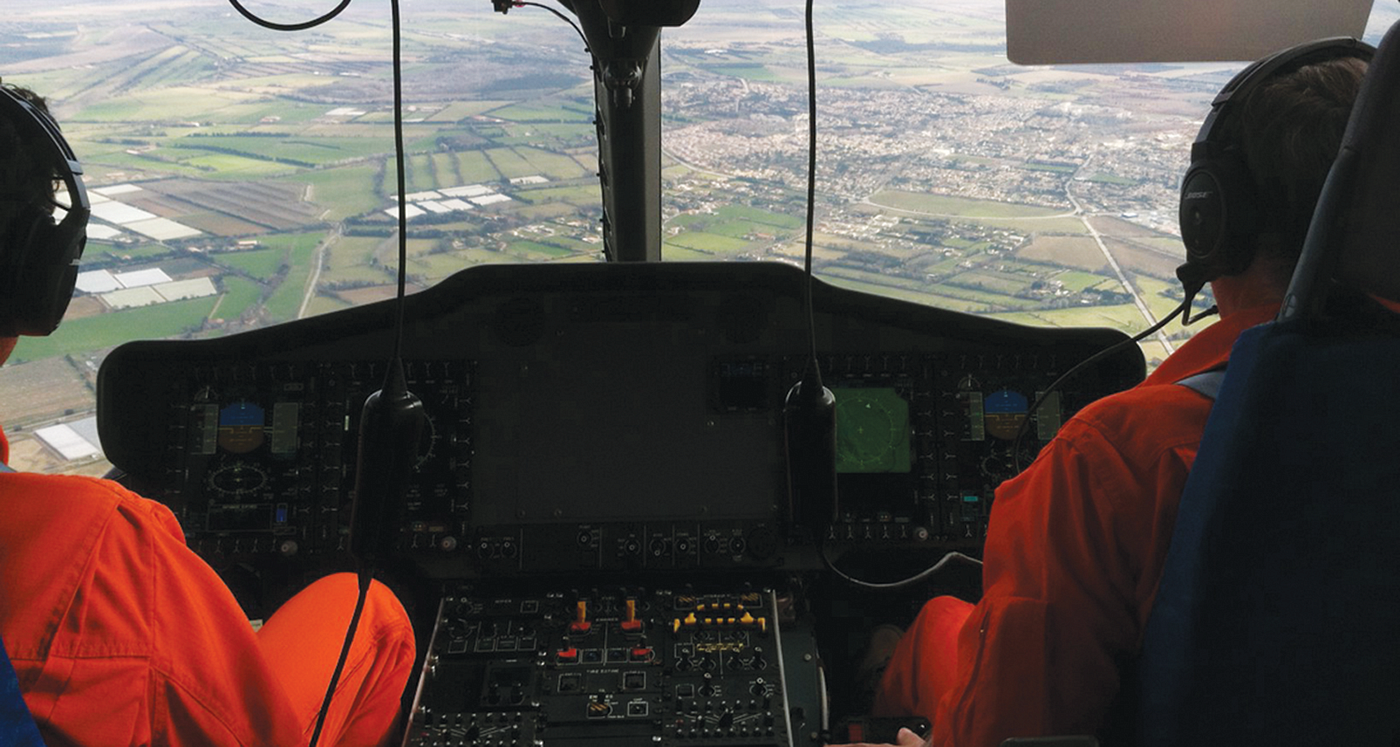By Jim Tise, FAA’s Office of Communications
The pilot of the Bell 206 helicopter was returning on a cross-country business trip, flying in good weather with visibility of at least 10 miles. At 4:12 p.m., the pilot called a local car rental agency. The rental car employee stated she could not tell that the caller was in a helicopter, but he seemed “busy or distracted” and that she was in “midsentence” when the line was disconnected.
During the last five minutes of the flight, the helicopter’s GPS altitude varied between 6,200 and 6,456 ft. Mountains in the area stood at altitudes between 6,000 and 6,400 ft. The helicopter hit terrain at 6,330 ft. The pilot was killed. Based on the information available, the pilot was likely using his cell phone during the low-altitude flight and became distracted, which resulted in a fatal controlled flight into terrain.
A true story. A tragic scenario. And just one of many flying risks that the FAA hopes to mitigate with a webinar on helicopter safety focused on the “dirty dozen” common mistakes that can result in helicopter accidents.

James Dangerfield, FAASTeam manager at the Flight Standards District Office (FSDO) in South Carolina, created a presentation for mechanics and pilots detailing the “Dirty Dozen” safety issues. During the webinar, he discussed “safety nets,” methods to avoid them from occurring.
“I’ve been doing ‘The dirty dozen presentation’ — which focuses on airplanes — for years and I realized there is a big gap out there for helicopter operators and their mechanics,” said Dangerfield. The webinar is designed “to inform them about the areas they need to pay attention to and know the dirty dozen are out there to help mitigate their risk,” he added.
Dangerfield is an expert on aviation safety. He was a helicopter mechanic in the U.S. Army working on Cobras, and in the National Guard working on Apaches.
In the presentation, he runs through 12 categories of mistakes made by helicopter operators including distraction fatigue; lack of knowledge, awareness, or assertiveness; complacency; stress and pressure.
Dangerfield and two FAA Safety Team (FAASTeam) managers in Greensboro and Charlotte, North Carolina, Tim Haley and Ed Shields, then present concrete ideas to avoid these potentially fatal pitfalls.
For example, he talks about the danger and the problems that can occur if the pilot is distracted. “Your mind has completely left the job that you’ve been tasked [with],” he explained. “I think it happens more than it gets discovered.”
Dangerfield suggests using detailed checklists. And don’t hesitate to go over old ground, “Going back three steps allows you to double check the last three steps you made without missing anything.”
Dangerfield assembled this Dirty Dozen webinar with Haley and Shields. For the past three years, the trio have presented safety webinars on a dozen topics related to fixed-wing flight.
Even before the COVID-19 public health emergency forced many activities to go virtual, webinars offered advantages to in-person seminars. “We’re getting a lot more people than you might see at an in-person seminar,” reflected Dangerfield.
Haley also has noticed that some pilots and mechanics may be embarrassed to ask questions in front of their colleagues. “Low-time pilots are afraid to ask questions in front of more experienced pilots,” he said. With the relative anonymity of a webinar, Haley also noticed higher quality questions coming in.






